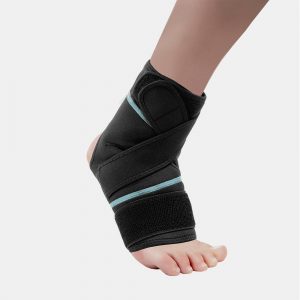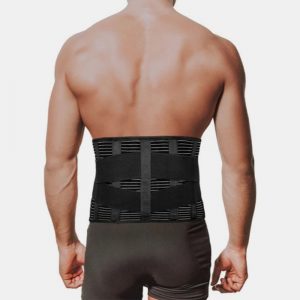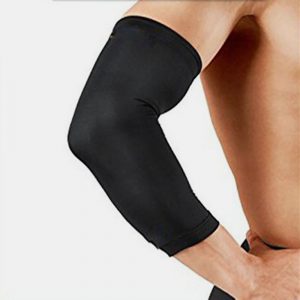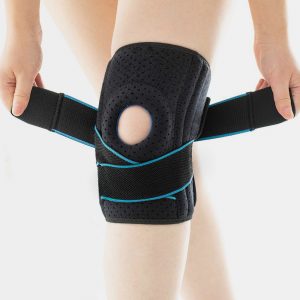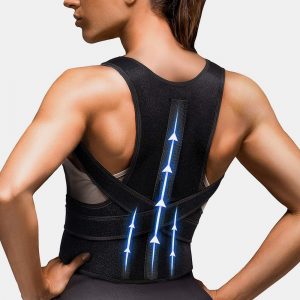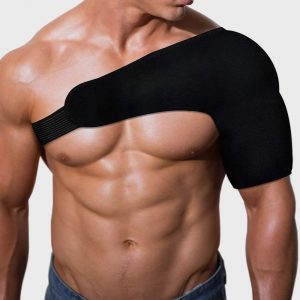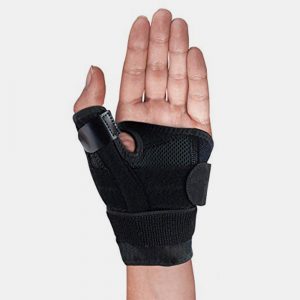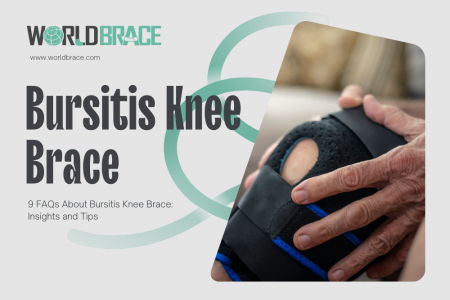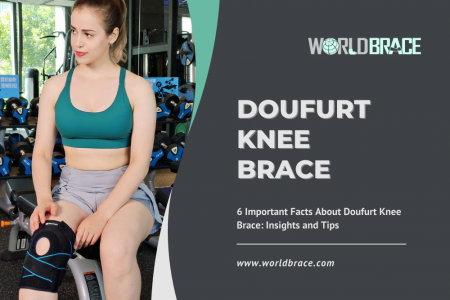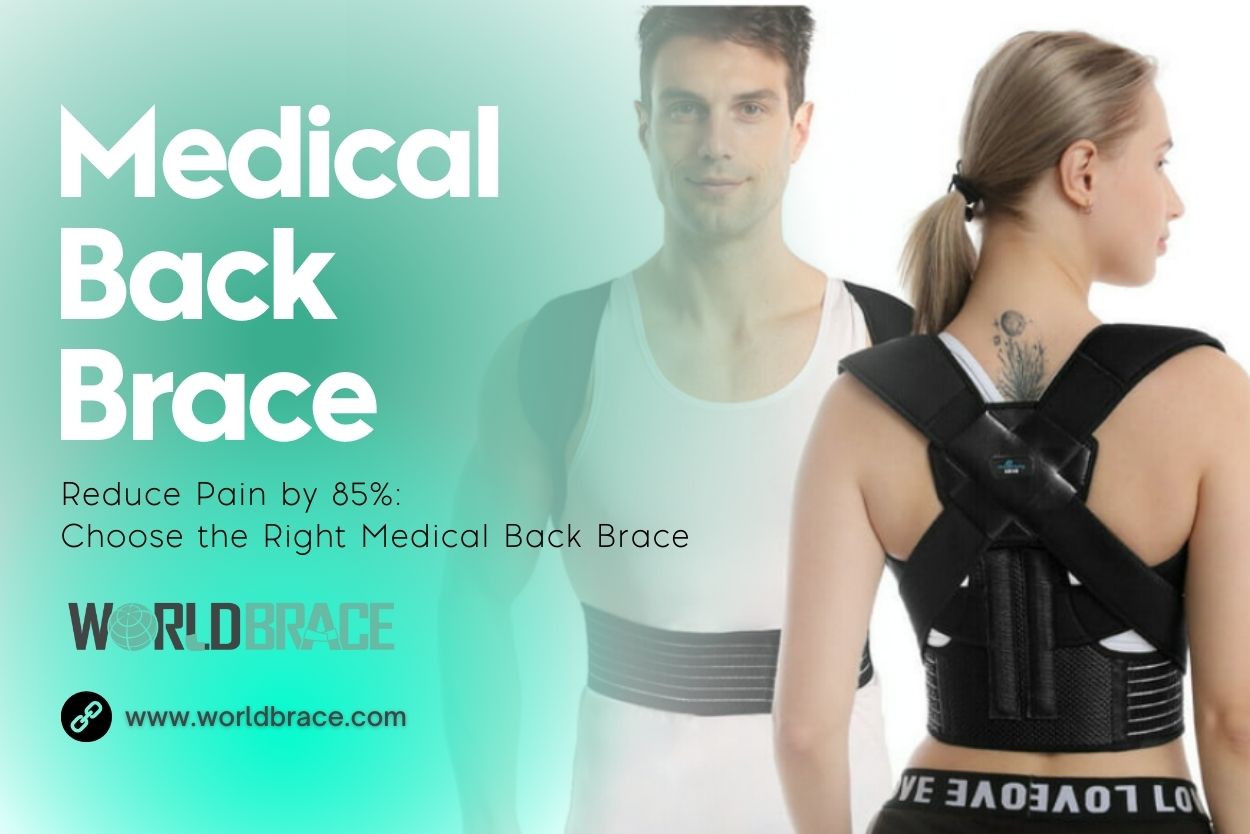
فهم أهمية دعامات الظهر الطبية
الطب الباطني الأقواس الخلفية هي أدوات أساسية لعلاج آلام الظهر بفعالية. صُممت هذه الأجهزة الداعمة لتوفير الثبات والمحاذاة والضغط على الظهر، مما يمكن أن يقلل من الألم بشكل كبير بنسبة تصل إلى 85%. يمكن أن يوفر ارتداء دعامة الظهر بشكل صحيح العديد من الفوائد في إدارة آلام الظهر وتعزيز صحة العمود الفقري بشكل عام.
أحد الأسباب الرئيسية التي تجعل دعامات الظهر الطبية ضرورية هو قدرتها على تقليل الألم بمقدار 85%. يمكن أن تحدث آلام الظهر بسبب عوامل مختلفة مثل إجهاد العضلات أو التواء الأربطة أو الانزلاق الغضروفي أو مرض القرص التنكسي أو أمراض العمود الفقري مثل الجنف. يمكن لدعامات الظهر أن تدعم المنطقة المصابة، مما يساعد على تخفيف الضغط على العمود الفقري وتقليل الضغط على العضلات والأربطة المحيطة. يمكن أن يؤدي ذلك إلى تقليل الألم بشكل كبير، مما يسمح للأفراد بأداء الأنشطة اليومية بأقل قدر من الانزعاج وتحسين نوعية حياتهم.
وعلاوة على ذلك، فإن ارتداء دعامة الظهر بشكل صحيح أمر بالغ الأهمية في تحقيق أقصى قدر من فوائد الحد من الألم. من الضروري اتباع الإرشادات المناسبة لارتداء دعامة الظهر وتعديلها لتحقيق الراحة والفعالية المثلى. ويشمل ذلك ضمان ملاءمتها بشكل مريح، ووضع الدعامة بشكل صحيح على المنطقة المصابة، وتجنب الشد المفرط الذي يمكن أن يسبب عدم الراحة أو تقييد الحركة. عند ارتداء دعامة الظهر الطبية بشكل صحيح، يمكن أن تساعد دعامة الظهر الطبية في تحسين وضعية الجسم ودعم العمود الفقري وتقليل خطر التعرض لمزيد من الإصابات أو تفاقم الحالات المرضية الموجودة.
أنواع دعامات الظهر الطبية
تتوفر دعامات الظهر الطبية بأنواع وتصاميم مختلفة، كل منها يلبي حالات واحتياجات معينة. فيما يلي بعض الأنواع الشائعة من دعامات الظهر الطبية:
- دعامات الدعم القطنية: تم تصميم هذه الدعامات لتوفير الدعم والثبات لمنطقة أسفل الظهر، والمعروفة أيضاً باسم العمود الفقري القطني. وغالباً ما يوصى باستخدامها للأفراد الذين يعانون من آلام أسفل الظهر أو الإجهاد القطني أو التعافي بعد الجراحة. عادةً ما تتميز دعامات الدعم القطنية بأشرطة أو أحزمة قابلة للتعديل لملاءمة مخصصة وقد تشتمل على ألواح صلبة أو شبه صلبة لمزيد من الدعم.
- دعامات الصدر: تم تصميم هذه الدعامات لدعم منطقة الظهر الوسطى والعليا، والمعروفة أيضاً باسم العمود الفقري الصدري. وتُستخدم عادةً في حالات الكسور الصدرية أو الحداب أو تصحيح الوضع. وغالباً ما تتميز الدعامات الصدرية بتصميم أكثر صلابة لتقييد الحركة وتعزيز محاذاة العمود الفقري بشكل صحيح.
- دعامات المفصل العجزي الحرقفي (SI): صُممت هذه الدعامات خصيصاً لتوفير الدعم للمفصل العجزي الحرقفي، والذي يقع بين العجز (العظم المثلث في قاعدة العمود الفقري) والحرقفة (جزء من الحوض). تُستخدم تقويمات المفصل العجزي الحرقفي عادةً لعلاج الخلل الوظيفي في المفصل العجزي الحرقفي أو عدم استقراره.
- دعامات تصحيح الوضعية: تعمل هذه الدعامات على تحسين وضعية الجسم عن طريق سحب الكتفين إلى الخلف ومحاذاة العمود الفقري في وضع أكثر استقامة. وغالباً ما يتم استخدامها للأفراد الذين يعانون من سوء وضعية الجسم أو الأكتاف المستديرة أو وضعية الحدباء. عادةً ما تكون الدعامات المصححة لوضعية الجسم خفيفة الوزن ويمكن ارتداؤها بشكل خفي تحت الملابس.
- دعامات الأقراص المنفتقة: صُممت هذه الدعامات لتوفير الدعم والضغط للعمود الفقري، خاصةً للأفراد الذين يعانون من انزلاق غضروفي أو حالات مرتبطة بالقرص. وغالباً ما تحتوي هذه الدعامات على وسادة أو لوحة ضغط مستهدفة للمساعدة في تقليل الضغط على القرص المصاب وتخفيف الألم.
- دعامات الظهر للحوامل: صُممت هذه الدعامات خصيصاً للنساء الحوامل لدعم أسفل الظهر والحوض أثناء الحمل. وهي تساعد على تخفيف الضغط الإضافي على الظهر وتعزيز الوضعية السليمة أثناء الحمل.
Wهو يحتاج إلى دعامات ظهر طبية
صُممت دعامات الظهر الطبية لتوفير الدعم والثبات وتخفيف الآلام للأفراد الذين يعانون من حالات مختلفة تؤثر على الظهر. فيما يلي بعض النقاط الرئيسية التي يجب أخذها بعين الاعتبار:
- الأفراد الذين يعانون من آلام الظهر المزمنة: يمكن أن تكون دعامات الظهر الطبية مفيدة للأفراد الذين يعانون من آلام الظهر المزمنة بسبب حالات مثل الانزلاق الغضروفي والتهاب المفاصل ومرض القرص التنكسي وتضيق العمود الفقري. يمكن أن تساعد هذه الدعامات في تخفيف الألم والدعم وتعزيز محاذاة العمود الفقري بشكل صحيح.
- المرضى الذين يتعافون من جراحة الظهر: بعد الخضوع لجراحة في الظهر، يمكن أن يساعد ارتداء دعامة الظهر الطبية في عملية الشفاء من خلال توفير دعم إضافي للعمود الفقري والحد من الحركة أثناء التعافي. يمكن أن يساعد ذلك في منع المزيد من الإصابات وتعزيز التعافي بشكل أسرع وأكثر أماناً.
- الأفراد الذين يعانون من سوء وضعية الجسم: يمكن أن تكون دعامات الظهر الطبية مفيدة للأفراد الذين يعانون من سوء وضعية الجسم، حيث يمكن أن توفر تذكيراً لطيفاً للحفاظ على محاذاة العمود الفقري بشكل صحيح، مما يقلل من الضغط على عضلات الظهر ويمنع التراخي.
- الرياضيون والأفراد النشطون: قد يستفيد الرياضيون والأفراد الذين يمارسون أنشطة تجهد الظهر، مثل رفع الأثقال أو الرياضات التي تنطوي على حركات متكررة، من ارتداء دعامات الظهر الطبية لتوفير دعم إضافي وحماية الظهر من الإصابات المحتملة.
- الأفراد الذين يعملون في وظائف تتطلب جهداً بدنياً: قد يستفيد أيضاً الأشخاص الذين يعملون في وظائف تتطلب جهداً بدنياً كبيراً وتتطلب رفع أحمال ثقيلة أو الوقوف لفترات طويلة أو حركات متكررة من ارتداء دعامات الظهر الطبية لتقليل خطر إجهاد الظهر والإصابة.
- الأفراد الذين يعانون من الجنف أو تشوهات العمود الفقري الأخرى: يمكن وصف دعامات الظهر الطبية للأفراد الذين يعانون من الجنف أو تشوهات العمود الفقري الأخرى للمساعدة في تصحيح انحناء العمود الفقري والتحكم فيه.
نصائح لاختيار دعامة الظهر الطبية المناسبة
عندما يتعلق الأمر باختيار دعامة الظهر الطبية المناسبة، من الضروري وضع بعض النصائح الأساسية في الاعتبار:
- استشر أخصائي رعاية صحية: قبل شراء دعامة ظهر طبية، من الضروري استشارة أخصائي رعاية صحية، مثل الطبيب أو أخصائي العلاج الطبيعي. يمكنهم تقديم توصيات شخصية بناءً على حالتك واحتياجاتك الخاصة.
- ضع في اعتبارك نوع دعامة الظهر: هناك أنواع مختلفة من دعامات الظهر الطبية المتاحة، مثل دعامات دعم أسفل الظهر، ودعائم وضعية الظهر، والدعامات الصلبة. فكر في نوع الدعامة التي تناسب حالتك وتوفر المستوى المناسب من الدعم.
- تحقق من الملاءمة المناسبة: تُعد دعامة الظهر المناسبة ضرورية لتحقيق الفعالية المثلى. تأكد من ملاءمة دعامة الظهر بشكل مريح حول ظهرك دون أن تكون ضيقة أو فضفاضة للغاية. كما يجب أن تكون مريحة عند ارتدائها لفترات طويلة.
- ابحث عن الجودة والمتانة: اختر دعامة ظهر طبية مصنوعة من مواد عالية الجودة ومصممة لتدوم طويلاً. يجب أن تكون قادرة على تحمل الاستخدام المنتظم دون أن تفقد فعاليتها.
- ضع في اعتبارك قابلية الضبط: تتيح دعامات الظهر القابلة للتعديل التخصيص والراحة المثلى. ابحث عن الدعامات ذات الأشرطة أو الأقفال القابلة للتعديل التي يمكن تعديلها بسهولة لتناسب شكل جسمك وتوفر المستوى المناسب من الدعم.
- اقرأ المراجعات والتقييمات: قبل إجراء عملية الشراء، اقرأ المراجعات والتقييمات من العملاء الآخرين للحصول على فكرة عن فعالية دعامة الظهر وراحتها. ابحث عن تعليقات الأفراد الذين يعانون من حالات أو احتياجات مماثلة.
جالشمول:
في الختام، يمكن أن يكون اختيار دعامة الظهر الطبية المناسبة أمراً حاسماً في الحد من آلام الظهر بنسبة تصل إلى 85%. يمكنك اتخاذ قرار مستنير واختيار دعامة الظهر التي توفر الراحة والدعم الأمثل لاحتياجاتك الخاصة من خلال استشارة أخصائي الرعاية الصحية، والنظر في نوع دعامة الظهر، والتحقق من الملاءمة المناسبة، والبحث عن الجودة والمتانة، والاطلاع على إمكانية التعديل، وقراءة المراجعات. لا تدع ألم الظهر يعيقك - استثمر في دعامة الظهر الطبية المناسبة واتخذ خطوات نحو نمط حياة خالٍ من الألم.
تسوق دعامات الظهر الطبية ذات المستوى العالمي من WorldBrace - الشركة الرائدة والموردة الرائدة في الصين. خيارات البيع بالجملة متاحة لأقصى قدر من الراحة.

